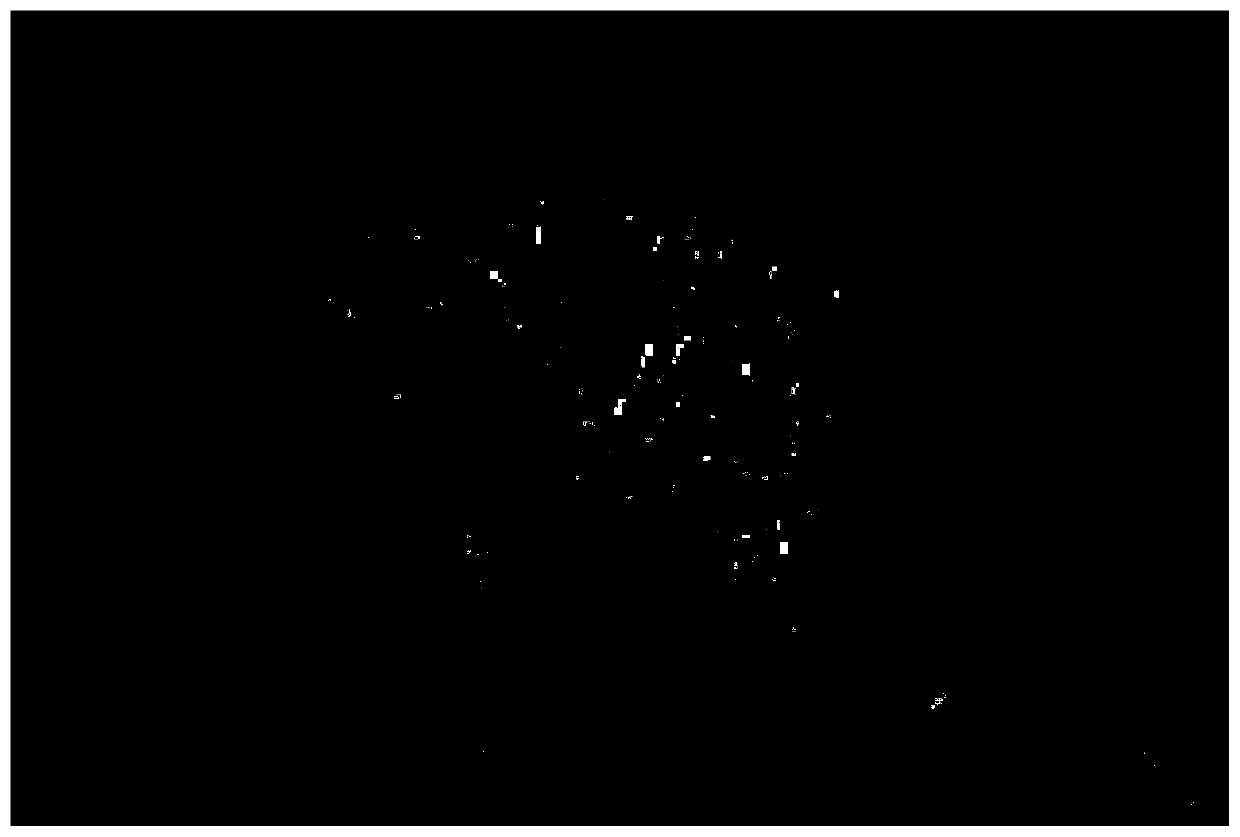Positive electrode material, preparation method thereof and battery
A positive electrode material and material technology, applied in the field of positive electrode materials and its preparation, can solve problems such as poor compatibility, interface problems, and poor battery performance
- Summary
- Abstract
- Description
- Claims
- Application Information
AI Technical Summary
Problems solved by technology
Method used
Image
Examples
preparation example Construction
[0032] The method for preparing the above-mentioned positive electrode material according to an embodiment of the present invention includes the following steps: mixing a core material solution, a shell material solution, an alkali and a complexing agent to react with a precursor, then performing aging and solid-liquid separation to obtain the precursor, and The precursor is mixed with the first lithium source for solid-phase sintering to obtain a core-shell structure material, and then the core-shell structure material, the second lithium source, an organic solvent and a chelating agent are mixed, dried and sintered to obtain a positive electrode material. Wherein, the core material solution is a mixed salt solution of nickel salt, cobalt salt and manganese salt, the shell material solution is a cobalt salt solution, and the second lithium source is lithium niobate and / or lithium titanate.
[0033] The preparation method of the positive electrode material of the present invention...
Embodiment 1
[0042] According to the molar ratio Ni:Co:Mn=8:1:1, a nuclear material solution with a concentration of 2mol / L was prepared, and the salts therein were nickel sulfate, cobalt sulfate and manganese sulfate. A cobalt sulfate solution with a concentration of 2mol / L was prepared as the shell material solution.
[0043] Take 0.9L of the core material solution and 0.1L of the shell material solution, respectively, and add them to the reaction kettle successively, and add NaOH solution and ammonia water to adjust the pH of the reaction kettle to about 11. The concentration of NaOH solution is 10mol / L, the concentration of ammonia water is 0.2mol / L, and the volume ratio of the two is 7:3. Control the temperature of the solution to about 50°C, stir and pass inert gas for protection. After all the reaction liquid is added, the stirring speed is reduced, and the mixture is aged for 24 hours. After aging, filter, wash, and dry to obtain the precursor, such as figure 1 Shown. Add 78g Li ac...
Embodiment 2
[0052] Take 0.8L of the core material solution and 0.2L of the shell material solution respectively, and add them to the reaction kettle successively, and add NaOH solution and ammonia water to adjust the pH of the reaction kettle to about 11. The concentration of NaOH solution is 10mol / L, the concentration of ammonia water is 0.2mol / L, and the volume ratio of the two is 7:3. Control the temperature of the solution to about 50°C, stir and pass inert gas for protection. After all the reaction solution is added, the stirring speed is reduced, and the mixture is aged for 24 hours. After aging, the precursor is obtained by filtering, washing and drying. Add 78g Li according to the molar ratio of Li:M=1.05:1 (M=Ni, Co, Mn) 2 CO 3 As a lithium source and mixed uniformly, in an oxygen atmosphere, the mixed material is first heated to 750°C for 4h, and then at 820°C for 12h, to obtain the core-shell structure material Li[(Ni 0.8 Co 0.1 Mn 0.1 ) 0.8 Co 0.2 ]O 2 .
[0053] Take a certain...
PUM
| Property | Measurement | Unit |
|---|---|---|
| Concentration | aaaaa | aaaaa |
| Concentration | aaaaa | aaaaa |
Abstract
Description
Claims
Application Information
 Login to View More
Login to View More - R&D
- Intellectual Property
- Life Sciences
- Materials
- Tech Scout
- Unparalleled Data Quality
- Higher Quality Content
- 60% Fewer Hallucinations
Browse by: Latest US Patents, China's latest patents, Technical Efficacy Thesaurus, Application Domain, Technology Topic, Popular Technical Reports.
© 2025 PatSnap. All rights reserved.Legal|Privacy policy|Modern Slavery Act Transparency Statement|Sitemap|About US| Contact US: help@patsnap.com



